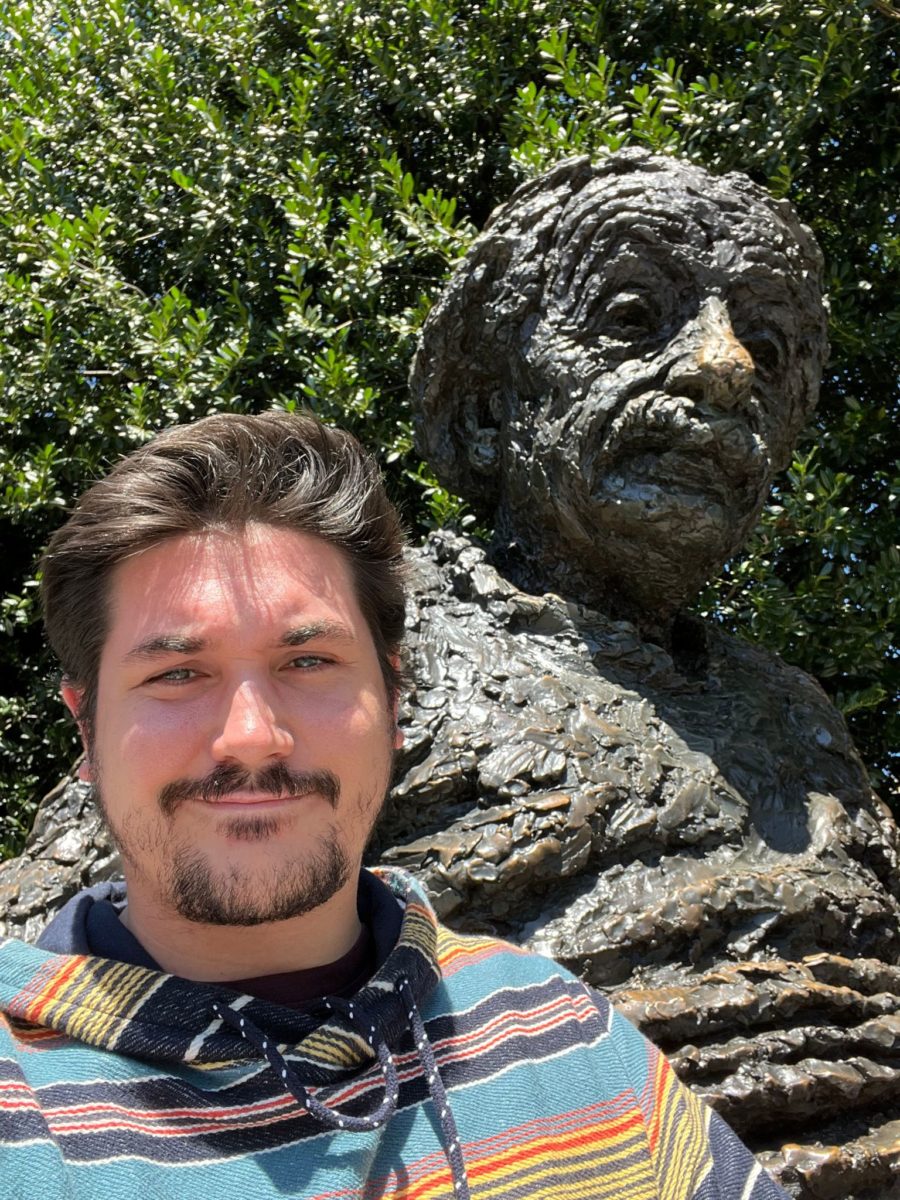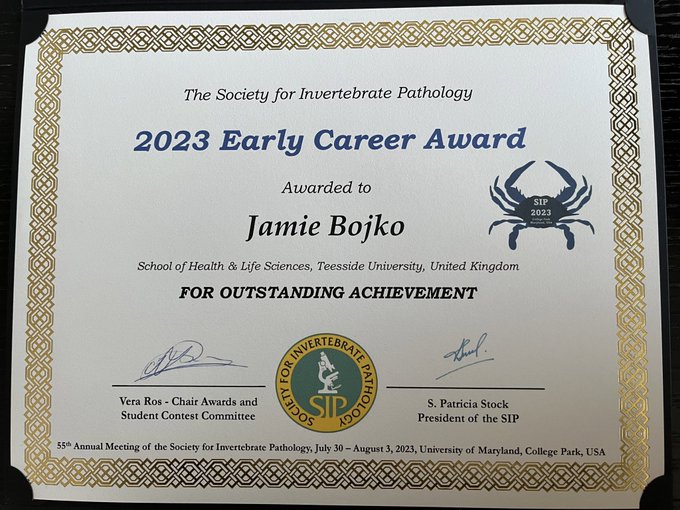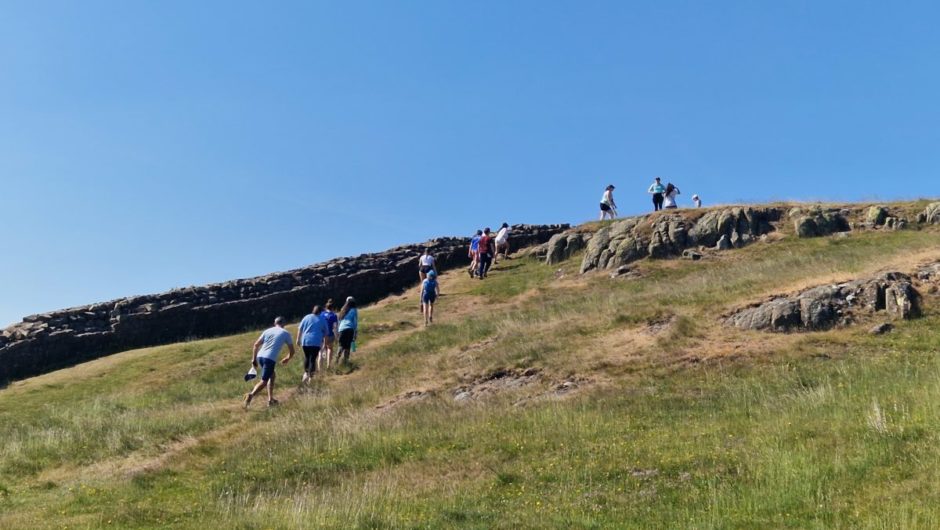Before the start of the new academic term, the Earth and Environment team has a lovely get together, discussing the exciting plans for the year ahead.
left to right..
Dr Gillian Taylor (group lead), Dr Ernesto Saiz val, Dr Craig McBeth, Dr Haliza Hassan, Amy Burgess, Dr Rhys Williams, Dr Becki Scott, Dr Lisa Baldini, Dr Pablo Cubillas Gonzalez, Dr Ambroise Baker, Dr Caroline Orr, Dr Desire Dalton, Alison Reid, Dr Kerry Pettigrew, Dr Chris Ennis, Dr David Wright.
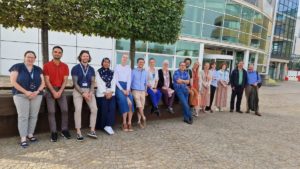

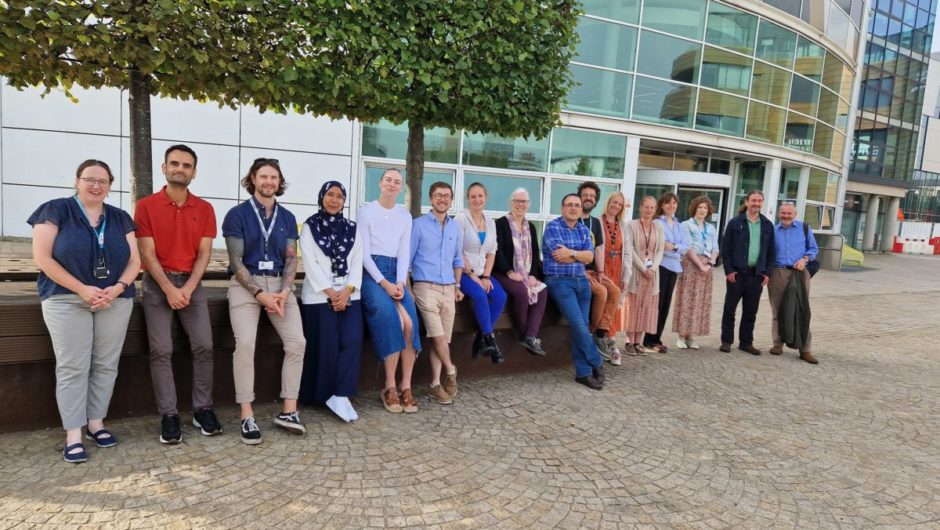


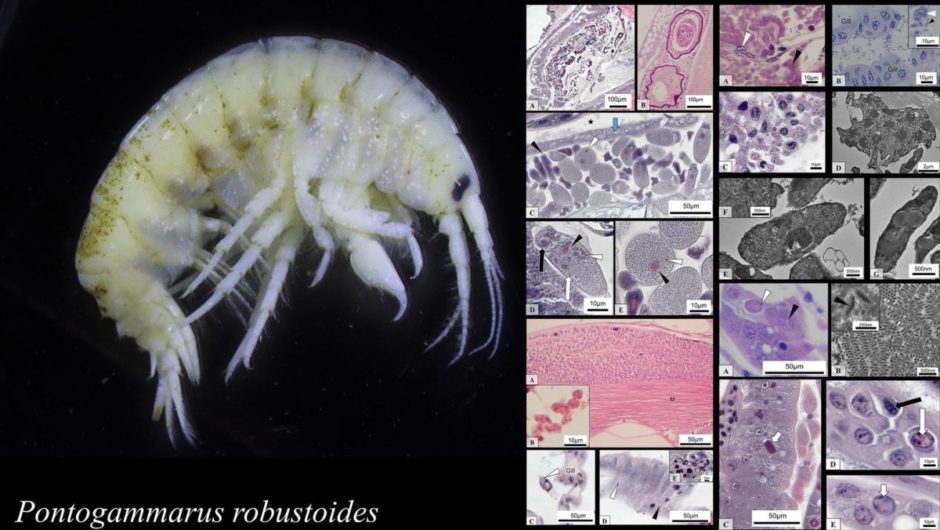


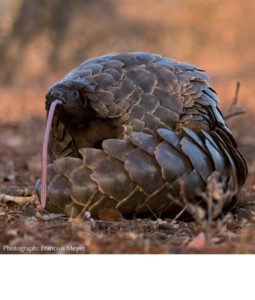 To learn more about these fascinating creatures check out some books that Dr Desiré Dalton (Lecturer, Teesside University) has contributed to (
To learn more about these fascinating creatures check out some books that Dr Desiré Dalton (Lecturer, Teesside University) has contributed to (